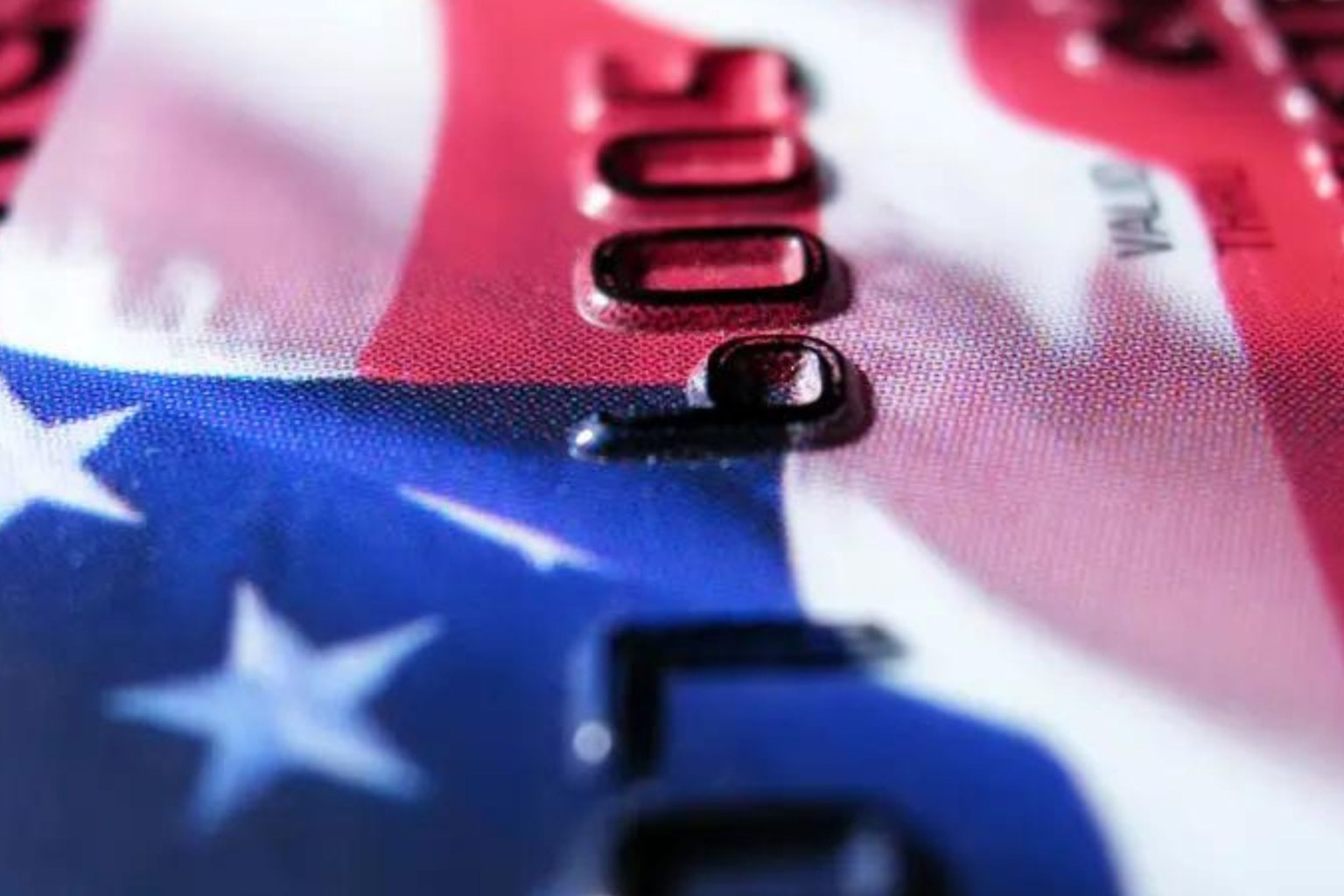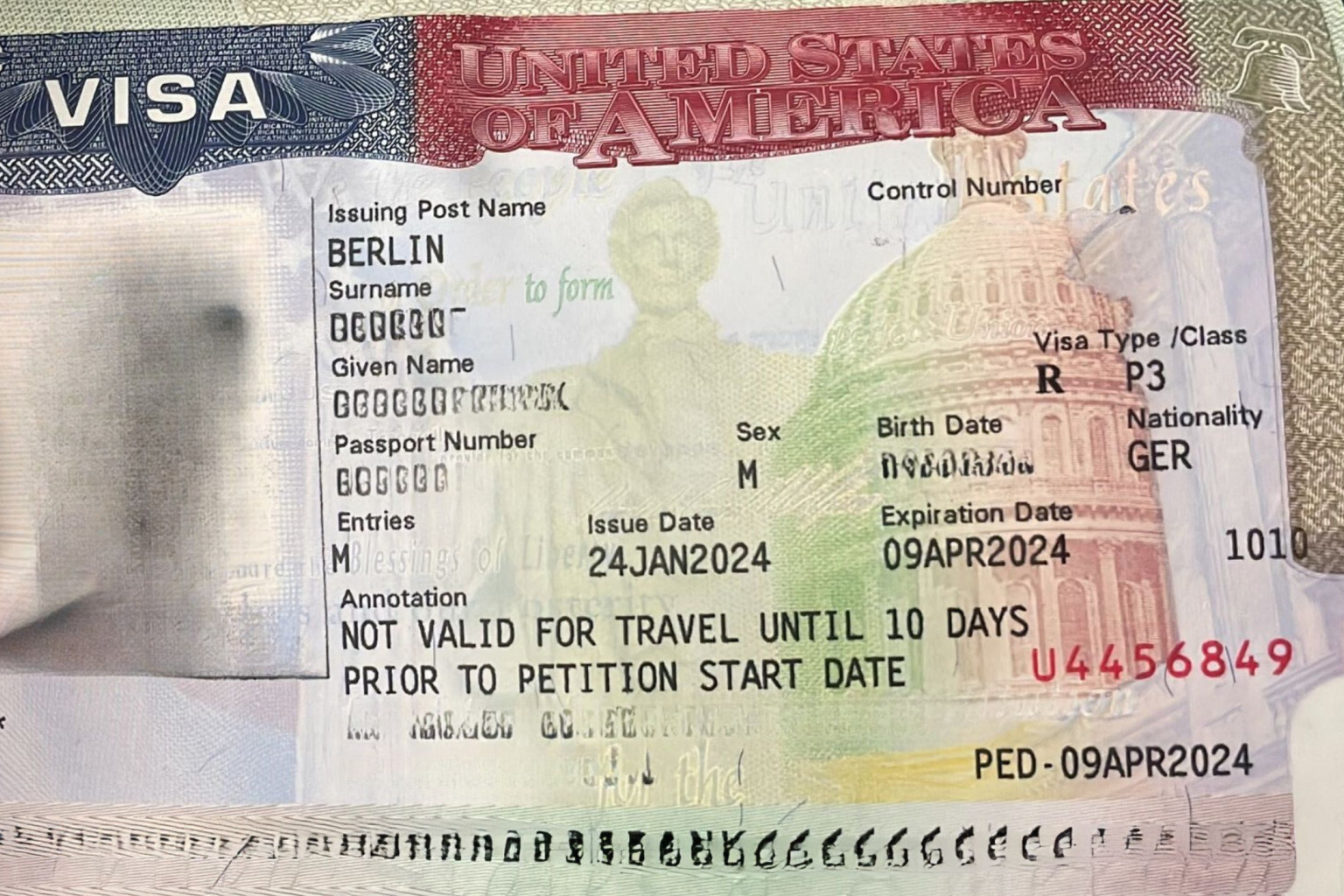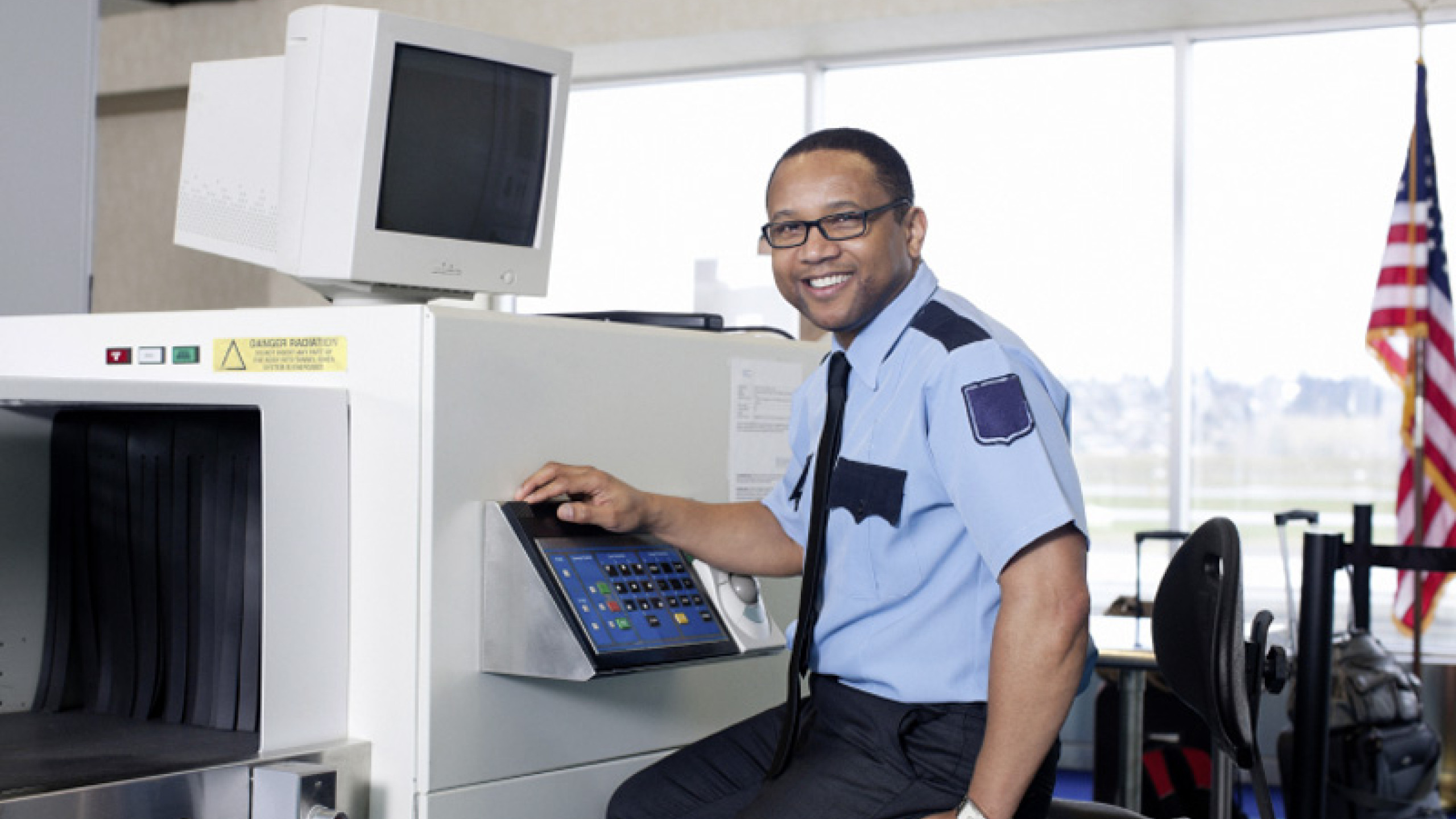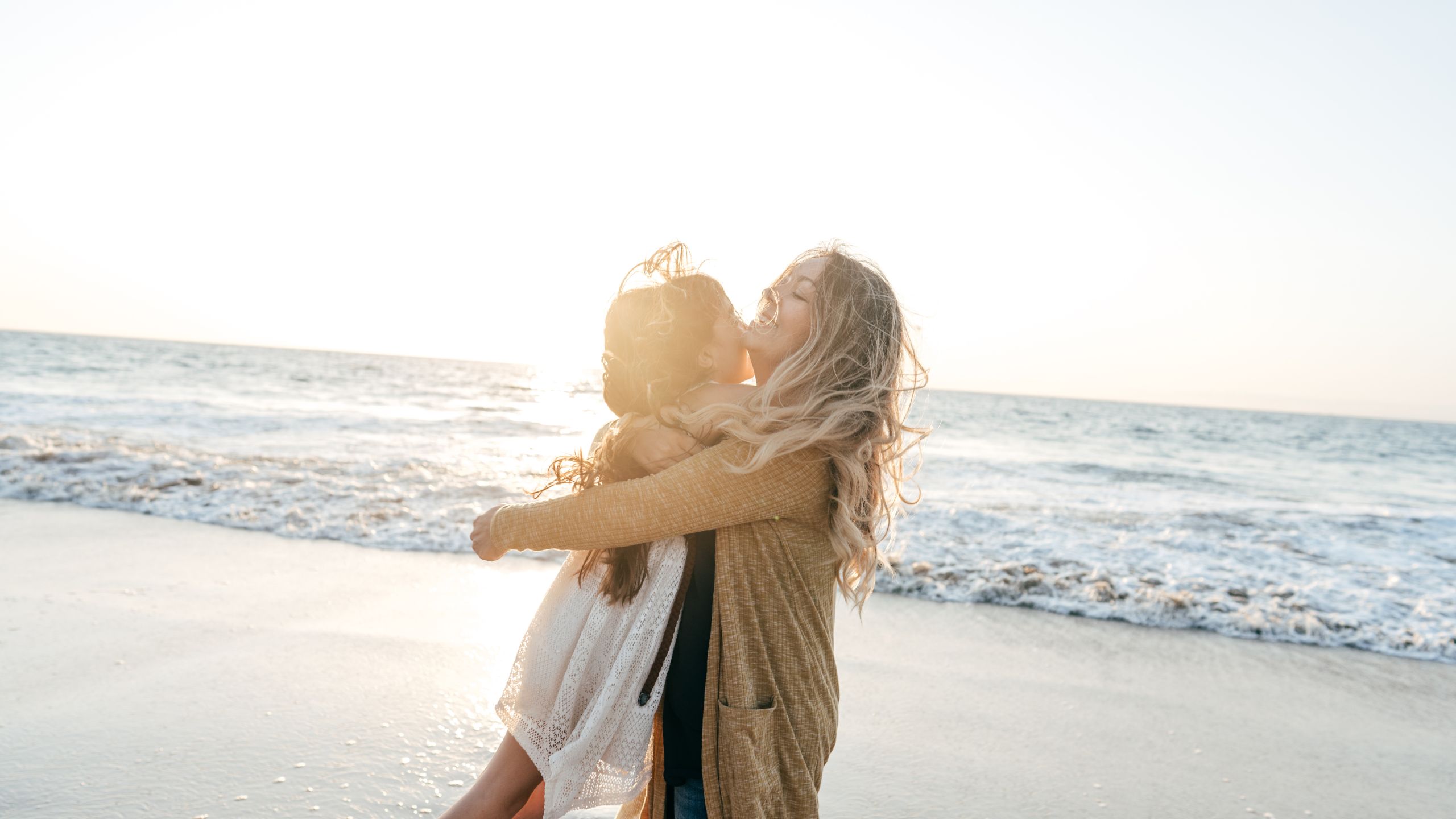The P visa offers outstanding artists, athletes and entertainers the opportunity to participate in competitions, events or tours in the United States.
Visa category: Work visa
Target group: exceptional talents from the fields of art, sport and entertainment
Validity: up to 5 years
Length of stay: for the period of the event or work stay - depending on the duration of the work permit (maximum 1-5 years; can be extended)
Special features: Various subcategories, expert opinions required, many exceptions and special cases
The P visa enables people from the fields of art, entertainment and entertainment to work in the USA for a limited period of time, for example to take part in competitions, concerts or other events or to act as an athlete in the United States.
The criteria for the P visa are similar to those for the O-1 Visa. To qualify, an individual must demonstrate an exceptional level of ability and success in their respective field. This can be through major national or international awards, outstanding achievements in major productions, competitions or recognition from industry professionals.

A distinction is made between the P-1A visa for athletes and the P-1B visa for entertainment groups.
The P application must be filed by a US company or a US organization or by US agents / US agencies (petitioners) on behalf of the foreign person (beneficiary).
As a rule, there must be a specific US job offer for the person applying for the P visa and the person can then only work for this US employer. If a US agent or US agency submits the P application, no specific job offer is required and the person with a P visa can work for various clients - but is bound to the US agent / US agency. A corresponding agency/agent contract must therefore be in place.
This means that the existence of a US company or a US organization must be proven. If the application is submitted via US agents or US agencies, it is checked whether they actually work as agents, i.e. are "in business as an agent".
There are three main categories of P visas for artists and athletes with different focuses and qualifications. Each P category has specific requirements and conditions that must be met.
The P-1 visa is intended for athletes, artists or entertainers who are part of an internationally recognized group or who have an outstanding performance themselves. It is divided into two subcategories P-1A (internationally recognized athlete) and P-1B (member of internationally recognized entertainment group).
The visa requirements for the P-1 category vary depending on whether the applicant is an individual (P-1A) or part of a group (P-1B).
The P-1A visa is valid for individual Athletes, coaches or sports teams who have achieved outstanding performances and are internationally recognized.
These individuals must have significant honors or a long history of success to be eligible for a P-1A visa, for example, to work at US professional sports events where they will excel.
Depending on the group of people for whom a P-1A visa is to be applied for, specific entry requirements must be met. For example, athletes must provide evidence of their previous outstanding sporting achievements, and the same applies to sports teams. For amateur athletes or coaches in the amateur sector, even stricter requirements apply. If athletes want to become members of a US sports team, there are also certain requirements for them.
The P-1B visa is valid for members of internationally recognized Entertainment groups, such as bands or an orchestra that come to the USA as part of a group. Individual artists do not qualify here.
The group itself must have a long history of success. This means that they have a high level of skills and recognition, and at least 75% of the members have had a "substantial and lasting relationship with the group" for at least one year.
Proof of the "internationally recognized entertainment group" can either be provided by major international or national awards. Or alternatively three of the following requirements.
The group:
Other evidence is also conceivable to document the level of recognition of the respective group. Unfortunately, only well-known artists or entertainment groups qualify here.
Certain entertainment groups may be exempt from the requirements for international recognition. For example, circus artists or essential circus personnel may be exempt from these requirements, as may groups that are nationally recognized but have not yet received an international award.
The P-2 visa (performer or group performing under reciprocal exchange program) is aimed at athletes, artists or entertainers such as performers and members of theater groups who are part of a cultural exchange program between the USA and another country.
It refers to reciprocal exchange agreements between organizations dedicated to the promotion of arts and culture. Currently, five reciprocal P-2 agreements have been negotiated between the following organizations:
In addition, P-2 applicants must possess skills comparable to those of US artists and entertainers participating in the program outside the United States.
A P-3 visa (artist or entertainer part of a culturally unique program) may be used by individual artists or performing groups coming to the United States alone or as part of a group to present, supervise or teach a unique or traditional ethnic, folk, cultural, musical, theatrical or artistic performance.
Performances are considered culturally unique if they are specific to a particular country, religion or ethnic group.
In addition, the proposed event must be of US cultural origin and contribute to the advancement of the applicant's art form. These events can be either commercial or non-commercial.
Persons who accompany P visa holders in a professional capacity and are of essential importance can also apply for a corresponding P visa. However, when applying, it must be proven that no other person is available in the USA who could take on these tasks.
These visas are then issued as P-1S, P-2S or P-3S, for example.

With a P visa, foreign nationals and their supporting staff are allowed to for the period of the respective event to be attended in the United States, maximum 365 days.
As a rule, the actual duration of stay is based on the work permit issued (I-797 Approval Notice, USCIS). The actual duration of stay is generally based on the work permit issued (I-797 Approval Notice, USCIS). An extension is possible in one-year increments.
Exception: P-1A "Individual Athletes" receive a work permit and thus a residence permit for up to 5 years. However, this can only be extended once for a further five years.
Please note that the actual length of stay is determined individually by the US border officials for each entry and entered online in the electronic I-94.
In contrast to the work permit (I-797 Approval Notice), which is limited to a maximum of one year for almost all P categories, P visas can be issued directly at the US consulate for 5 years. In practice, however, P visas are often granted for the duration of the work permit (I-797 Approval Notice, USCIS).
U.S. consular officers may limit the validity of the P visa in some cases to less than the validity period of the approved work authorization, for example, due to nationality (this is based on the Reciprocity Schedule).
Theoretically, P visas and the associated work permit can therefore be extended again and again without restriction (provided that all entry requirements are still met). Only P-1A visas for internationally recognized competitive athletes are an exception here; these can be renewed for a maximum of 10 years.
With the P visa, US employers must pay several fees to the U.S. Citizenship and Immigration Services (USCIS) as a first step:
In a second step, the consular fee of 184.50 € (205 $) by applicant is due. The visa fee is neither refundable nor transferable to other persons. Should there be a delay in your visa application, the proof of payment will remain valid for one year from the date of payment.
USCIS fees can be paid by money order, personal check, cashier's check, or with a credit card or debit card using form G-1450 (Authorization for Credit Card Transactions).
Payment of the visa application fee for the US consulates / US embassies can be made by online bank transfer, online payment by debit card or cash payment at a bank.

Furthermore, additional costs may be incurred for certain P visa applicants:
You can find more information about the different visa fees, other possible costs and the current payment methods on our fees page.
It is vital that you fully understand and carefully plan the process for applying for a P visa. This includes selecting the appropriate visa type depending on the purpose of the trip, the correct completion of the application forms and preparation for the visa interview. There are many important details to consider.
The following section explains the steps for applying online for a P visa for the USA and provides a guide to applying for a successful visa application online.
In a first step, P applications are submitted to the responsible service center of the US Citizenship and Immigration Services (USCIS) in the USA.
Once the petition has been approved by the USCIS, P visa applicants between the ages of 14 and 79 usually have to go through the consular process. This means that in most cases, the P visa has to be replied for personally in a responsible US representation (US consulate or US embassy) in your home country.
All requirements for P visa applicants and the necessary documents must be fulfilled in advance of the visa application. It is important that all required documents are available and correctly prepared.
The time required to apply for a P visa depends heavily on the processing time of the US authorities but also on the interview date.
Most of the time spent applying for a P visa is taken up by the compilation of the extensive documentation and the examination of the I-129 Forms by the U.S. Citizenship and Immigration Services (USCIS). If you receive an appointment for an interview at the U.S. Consulate soon after USCIS approval, you are almost there. After a thorough review of your visa application and, ideally, approval, your passport will be retained for visa issuance. Approximately one week after the visa interview, the passport with the P visa will be sent by post.
It is important to note that in some cases an additional security check (Administrative Processing), which can take several months and thus lead to considerable delays in the visa application process.
You should therefore generally allow around 2-4 months to apply for your P visa.
The application for a P visa is submitted by the US company, organization or US agent acting on behalf of the applicant. The submission of the application documents cannot be performed by the artist, athlete or group (as beneficiary) itself, the official applicant must be a US organization, company or agency (=petitioner).
The procedure for applying for a P visa is divided into the following steps:
Regardless of who submits the application, a consultation / advisory opinion is first required for the P visa, similar to that for the O-1 procedure. This confirmation letter, known as "No Objection Letter", is mainly used to prove the applicant's qualifications and is intended to protect US athletes and artists from foreign competition.
The applicant organization must obtain a statement from the appropriate US labor union or professional association stating that there are no concerns regarding the issuance of a temporary work permit and that the artists or athletes have the required qualifications.
Most professional organizations or unions in the USA require a fee for the issuance of this letter as well as the submission of the fully prepared P-petition, which must then be submitted to the USCIS in the second step.
Once a favorable opinion is received, the application for work authorization can be submitted to the appropriate USCIS Service Center using Form I-129, Petition for a Nonimmigrant Worker. The application must be accompanied by proof of fulfillment of the individual entry requirements (depending on the P subcategory).
The US immigration authorities will inform the petitioner by I-797 notification letter about the approval (Approval Notice) or rejection.
After receiving the P application, the USCIS will decide on the petition (=work permit) within a processing time of several months, depending on the capacity of the responsible USCIS Service Center. However, you have the option of shortening the usually long processing times: For an additional fee of 2,805 $, the expedited application can be processed through the Form I-907 (Request for Premium Processing Service) be submitted. Thanks to the Premium Processing procedure, the USCIS guarantees applicants a response within 15 working days. This response usually contains an approval, a request for further documentation (Request For Evidence, RFE) or a rejection.
With the approval notice I-797, the P visa can now be applied for at the local US consulate. For this, the online form DS-160 must be completed on the Website of the U.S. Department of State. The online application form must contain detailed information about the applicant and the planned stay in the USA. You should have the following documents ready when completing the online DS-160 form:
The professional processing and return of your DS-160 is part of our service. We will be happy to help you with the next steps.
On the day of the interview you must personally visit the US consulate or at the US embassy where your documents will be checked and you will be interviewed by the consular officers.
The following documents must be prepared and brought along for the appointment at the US Consulate or the US Embassy:
Be prepared to answer questions about your visa application, your planned stay in the US and other relevant topics.
As a rule, P visa applicants are informed at the end of their visit to the US consulate or embassy whether or not their visa application will be approved.
Our visa consultants prepare you optimally for this important date and provide you with the necessary documents to make your visa interview as smooth as possible.
If your application for a P visa is approved, you will receive your passport with the P visa returned by post or can arrange a pick-up appointment.
The P visa contains a variety of information that is used to identify the individual at their US entry and determine their rights and restrictions during their stay in the United States.
It is crucial that you check this information carefully and ensure that it corresponds to the visa category you are applying for.

Here are some of the dates and information that can be found on a US visa:
The diplomatic missions of the United States of America (US consulates and US embassies) are responsible for issuing visas.
The decision on whether or not to issue a visa for the USA is usually made by the US consular officials on the day of the visa interview. P visa applicants therefore normally find out at the visa appointment whether the visa will be issued or not.
Normally there are the following options:
Your P visa was granted verbally by the US officials and is now being finalized.
After the P visa has been printed or issued in the passport, the passport with the corresponding US visa will be sent by post or can be picked up.
In some cases, US consular officers decide not to approve the P visa immediately and issue a visa refusal under Section 221(g) of the Immigration and Nationality Act (INA). The consequence of this is the so-called Administrative Processing. The US visa application therefore requires a further security check and is subject to additional processing steps. Further documents or information may be required from you.
If the US officials conclude that you do not qualify for the P visa category, your visa application for the USA will be rejected. The rejection does not have to be justified, however, in the event of a visa rejection, applicants are usually given further instructions on the day of the interview appointment or sent a rejection letter after a certain processing time.
The reasons vary greatly depending on the visa category and applicant (e.g. assumption of an intention to immigrate, suspicion of illegal employment, incorrect application documentation, criminal record or previous immigration offences).
After a visa refusal in the U.S. consulate, it is generally possible to submit a new P application at any time. There is no fixed waiting period until the next submission.
However, our experience shows that it is only advisable to reapply for the same category if the conditions or circumstances have changed since the first visa application and you are able to provide evidence of these changes or new circumstances.
It makes little sense to apply for a new visa if you still do not meet the requirements of the respective visa category, such as proof of intention to return to your home country, sufficient financial resources or professional expertise.
After a visa refusal, you must submit a new visa application from scratch. Under certain circumstances, an alternative work visa category may also be considered. This should be carefully examined on a case-by-case basis. However, it is important to note that no appeal can be lodged against a visa refusal.
The consequences of a refused P visa from the U.S. consulate for the applicant depend on the reason for refusal.
Although the US authorities are not obliged to give reasons for the refusal, you can politely ask for the reason for the refusal at the interview appointment at the US consulate or embassy. This information may help you if you wish to reapply for the P visa.
Careful and thoughtful preparation is essential for your second attempt P visa application. This includes selecting the correct visa category, completing the DS-160 online form completely and correctly and collecting relevant supporting documents.
Many applicants mistakenly assume that an approved US visa automatically allows them to enter the USA. However, a P visa in the passport is not an automatic entry permit. Legally speaking, a visa for the USA is not a residence permit, so even with an approved US visa in your passport there is no guarantee of entry. A valid US visa only allows you to apply for an entry permit at a border crossing, such as a US airport.
However, this is still subject to the condition that your work permit (I-797 Approval Notice) is still valid or has been extended in the meantime.
The final decision on entry lies with the border officials of U.S. Customs and Border Protection, who check all travelers. They decide whether entry is permitted or not and for how long a residence status is granted.
After obtaining an entry permit, it is advisable, online in the I-94 form or on the entry stamp in your passport to check how long your legal stay in the USA is permitted.

By the way: With Global Entry, certain biometrically registered and security-checked travelers can complete entry formalities independently and automatically at almost all major US airports. This allows foreign nationals to avoid long waiting times and enter the USA more quickly.
From a technical point of view, a visa extension is always a new application. However, it is quite possible to apply for a visa extension in good time before or after the expiry of an old P-visa to apply for a new one.
It is important to know that the remaining period of validity of your old visa is not automatically transferred to the new visa. In addition, please note that a previous Issue of a P-visa is no guarantee for a renewed visa approval. All application documents (application forms, supporting documents, etc.) must be resubmitted to the US Consulate / US Embassy.
However, this requires that your work permit (I-797 Approval Notice) is still valid or has been extended in the meantime.
It is therefore advisable to prepare the application well and ensure that all required documents are complete. This minimizes potential delays or rejections during the renewal process or reapplication.
To plan the reapplication of your P-visa, you should note that processing times can vary greatly depending on the responsible US consulate or embassy. You should therefore allow sufficient lead time.
Spouses and unmarried children under the age of 21 of P visa holders can apply for a P-4 visa. Work is not permitted with P-4 status.

Wir und unsere Partner nutzen Cookies, um personenbezogene Daten wie z.B. Browsing-Daten zu speichern und abzurufen, um z.B. Inhalte und Werbung bereitzustellen und zu personalisieren sowie die Verwendung der Website zu analysieren und das Benutzererlebnis zu verbessern. Sie erfahren mehr über die Zwecke, für welche wir und unsere Partner Cookies einsetzen, wenn Sie unten auf den Button „Cookie Einstellungen“ klicken. Hier können sämtliche Einstellungen auch geändert werden. Nachträglich kann man jederzeit seine Cookie-Auswahl überdenken oder seine Einwilligung widerrufen, indem man auf den Link zu den Cookie-Einstellungen im Footer unserer Webseite klickt. Beachten Sie bitte, dass das Blockieren einiger Cookie-Typen unsere Möglichkeiten zur Bereitstellung von auf Ihre Interessen zugeschnittenen Inhalten haben kann oder einige Funktionen der Webseite nur eingeschränkt zur Verfügung stehen.
Durch klicken auf “Alle Cookies akzeptieren” stimmen Sie unserer Nutzung und der Weitergabe Ihrer Daten an unsere Partner zu.